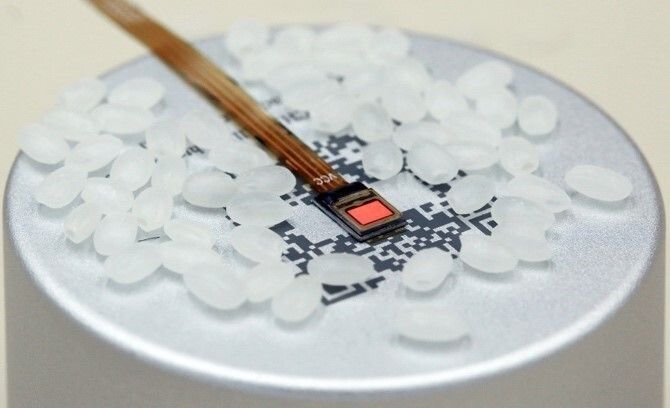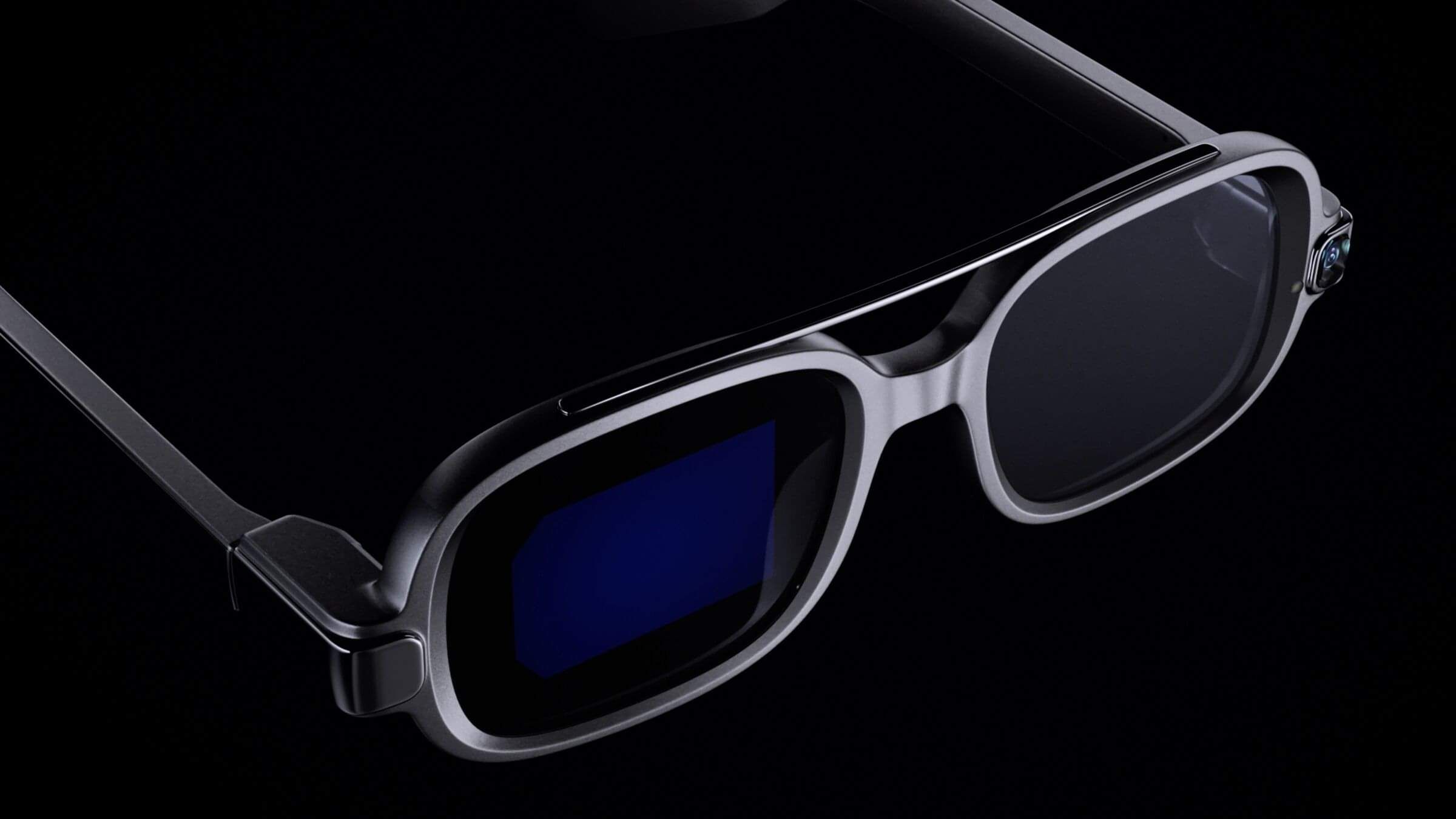Smartglasses: where are they now?
This year’s Apple Event was overshadowed in the technology media by an announcement from Xiaomi that unveiled their design for a pair of smartglasses.
Use cases like 'live translation' and 'heads-up navigation' start to feel like a real possibility. On closer inspection, it became clear that Xiaomi was announcing the smartglasses as a concept, with no details on a launch date or price. However, Xiaomi has a track record of concepts like this shortly being followed up with products available for purchase (such as the Mi electric scooter).
So, how close are we to smartglasses like the ones worn by Tony Stark and Spiderman in the movies?

The team here at The Imagination Factory has been working with innovative, wearable Augmented Reality (AR) displays since 2016 and has closely followed the evolution of this technology, teaching us how to separate fact from fiction.
The key to understanding the trajectory of this exciting technology is to look at its evolution over the last decade.
Fact from Fiction
The idea of a display hidden in a pair of eyewear has been the subject of science fiction for much more than a decade in the same way that the idea of a smartwatch existed in comics in the 1940s.

Google Glass
Yet the concept of wearable AR or smartglasses only started to feel more like reality in 2013 when Google launched Google Glass to specially selected “Glass Explorers”. A year later, they followed up with a product available to the public.
The technology had a rocky start though, since the experience of either wearing or interacting with someone wearing Google Glass was not great. The type of display used involves a prism that sits in front of the wearer’s eye, which distorts their view of the world and interferes with normal eye contact with other people.
Prisms and Holograms
But as is the way with all these kinds of innovative technologies (think VHS vs Betamax), there is more than one way to achieve the end goal. In the case of smart glasses, the challenge is to take an image from an electronic display and make it appear to float in front of someone’s eyes. There are two main ways that technologists have been able to achieve this; the prismatic approach and holographic waveguides.
Prisms win the race on cost and technology readiness, but they just can’t deliver the user experience that is needed for mass adoption.
When we started looking for an AR display to attach to swimming goggles in 2016, it became obvious that the holographic waveguide was the better solution even if the cost was prohibitive.
At that time there were only a couple of options on the market, and we used the Sony SED-100A because of its low power consumption and availability as a developer kit that interfaced with a Raspberry Pi. That combination allowed us to produce prototypes for Jetsuits, swimming goggles and factory assembly lines.
Recent Advances in Technology
Since then, there have been major advances in the waveguide technology in terms of resolution and mass producibility.
Companies such as WaveOptics, Lumus, Dispelix and even Nokia have patented and manufactured surface relief waveguides which are starting to appear in products from brands including Vuzix, Microsoft and Lenovo.
At the same time, miniature display technology has been steadily improving with the latest micro-LED displays being about the size of a grain of rice, whilst still achieving sufficient brightness and resolution.

A Watershed
It’s the coupling of these two factors that signals a watershed moment for smart glasses. The waveguides can be embedded into lenses without making them too thick, whilst the display can be positioned in the frame without disrupting sleek contours.

The team at The Imagination Factory has recently completed projects with developer kits from some of the leading companies in this field and we can confirm that the technology is seriously impressive and ready for mass deployment.
The Winners
The products most likely to succeed on price and accessibility at present will be restricted to having a single monochromatic (usually green) display. So, there is still a way to go before we can enjoy a full colour experience in the form factor of a glasses frame. But in the meantime, many of the best use cases for smartglasses don’t need full colour. Therefore, we expect to see this new form of digital interaction to become commonplace soon.If you have your own thoughts on the development and use cases for this amazing technology I’d love to hear from you - email me here.


